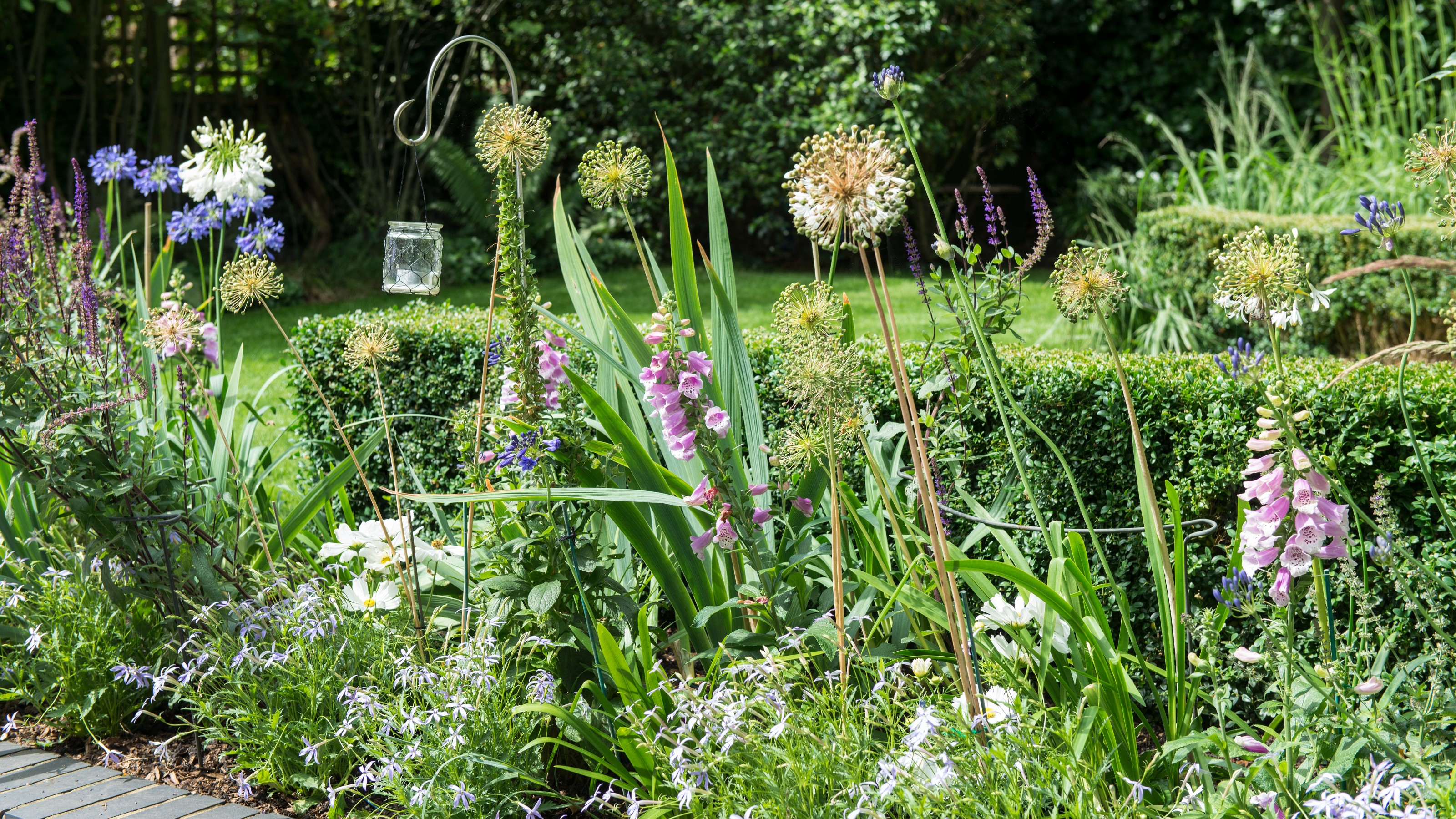When to plant foxglove seeds for show-stopping blooms in your borders
The best time to plant your foxglove seeds according to gardening pros


Foxgloves are often seen adorning wild woodlands and meadows. But these tall beauties (they can grow up to 2m tall) are also solid garden favourites for their unique spire shape covered in tubular flowers and fairly easy, fuss-free care. And while they are fairly easy to grow once you know how, you first need to acquire that knowledge.
One of the first steps you need to take is planting your flowers. But similarly to getting the timing of when to plant hydrangeas right, knowing when to plant foxglove seeds is essential but might not be so clear at first. That is why our experts offer some garden advice to make it crystal clear when is the best time to plant your foxgloves.
When to plant foxglove seeds

‘The best time to plant foxgloves is in spring or autumn as you want the soil to be moist and warm – the perfect conditions for encouraging new root growth,’ advises Natalie White at Rated People.
On the flip side, LeisureBench gardening expert, Steve Chilton, cautions against times that you definitely shouldn’t be planting foxglove seeds. ‘You shouldn't plant foxgloves when the ground is flooded or too wet, or when it's frozen outside.'
'You should also be wary of planting them when it's too hot, although we don't usually get extreme temperatures in the UK. You should generally just avoid planting them in any extreme weather,’ concludes Steve.
How long does it take to grow foxglove from seed?

When planting your foxglove seeds, it’s good to keep in mind that they are a biennial plant, meaning that they complete their life cycle in the span of two years - in the first year they produce a rosette of foliage and in the following year they flower and set seed before ultimately dying.
So you will have to be patient and wait a couple of years for those show-stopping blooms to manifest themselves. If you’re after an instant impact, you can buy already established plants.
Sign up to our newsletter for style inspiration, real homes, project and garden advice and shopping know-how
Can you just scatter foxglove seeds?

The essential ingredient of every bee garden idea, foxgloves should be planted with care and intent if you’re growing them from seeds. Natalie of Rated People shares some tips to remember when doing so. ‘Be gentle with the small seeds – they need quite a lot of room to grow so it’s best to keep them spaced out as they germinate.’
‘They need light to germinate, so whilst it might be tempting to smother them in nutrient dense compost, this can impact their growth. Keep them in a sheltered spot, somewhere between 10-15 degrees. You don’t want it to be too hot or cold.’
As a rule of thumb, when it comes to planting your foxglove seeds, avoiding any extreme weather conditions is best. As is keeping in mind that those beautiful blooms won’t come until the following year. But they are certainly worth the wait.

Sara Hesikova has been a Content Editor at Ideal Home since June 2024, starting at the title as a News Writer in July 2023. She is now also the Ideal Home Certified Expert in Training on Furniture, and so far has tested over 150 different sofas.
Graduating from London College of Fashion with a bachelor’s degree in fashion journalism in 2016, she got her start in niche fashion and lifestyle magazines like Glass and Alvar as a writer and editor before making the leap into interiors, working with the likes of 91 Magazine and copywriting for luxury bed linen brand Yves Delorme among others.